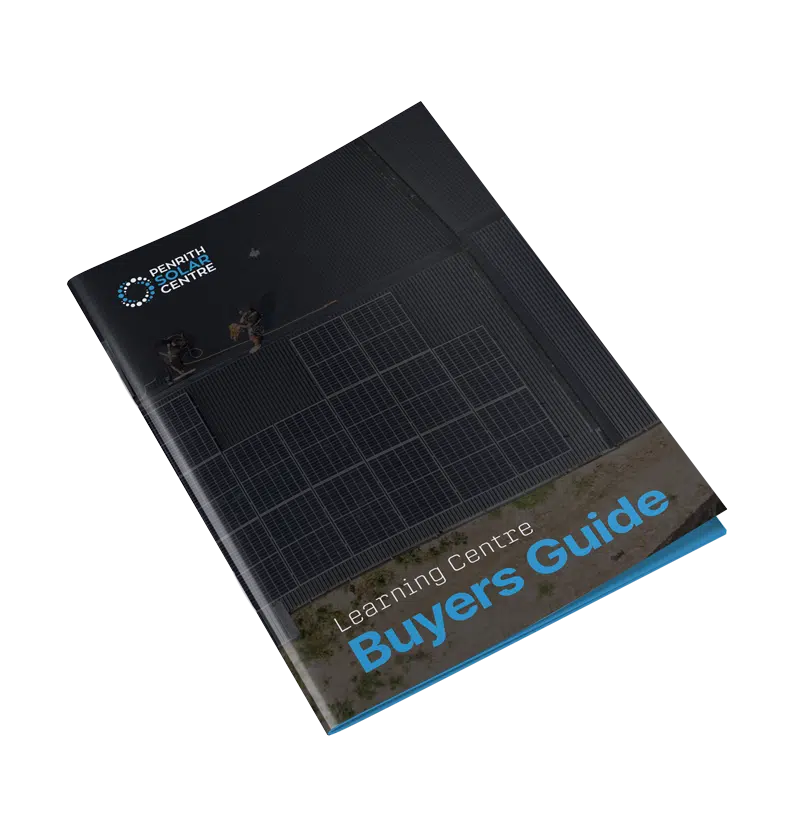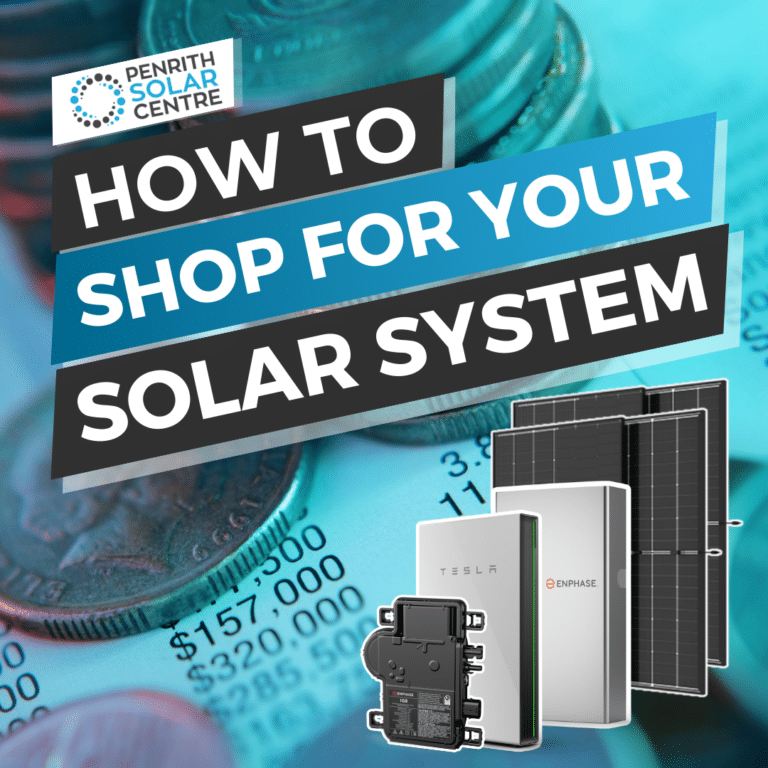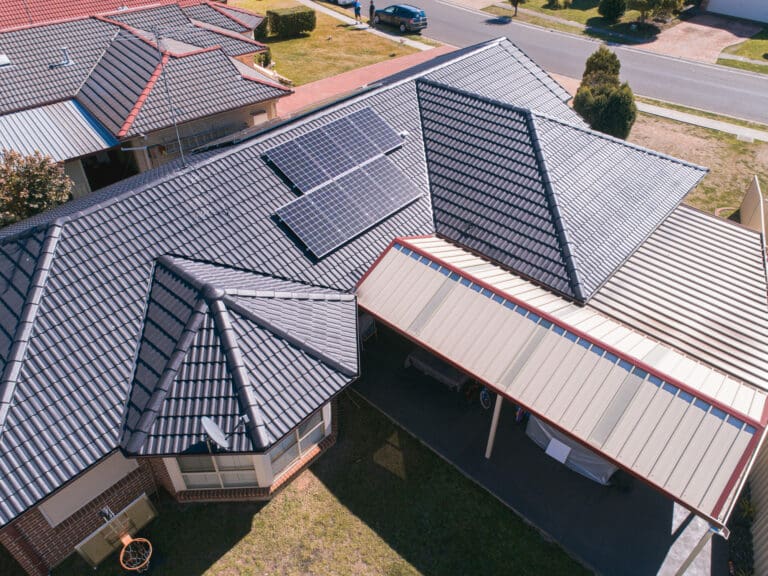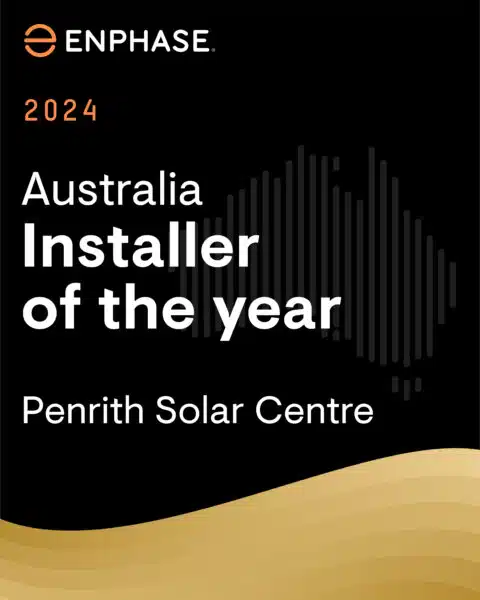Are you worried about the high cost of installing solar panels? You’re not alone. Many homeowners in Australia are hesitant to make the switch to solar energy because of the upfront price.
At Penrith Solar Centre, we understand the financial concerns associated with solar installations. We’ve been helping families in Australia save money and transition to renewable energy for years. Our team is well-versed in the federal government’s solar rebate program (the Small-scale Renewable Energy Scheme (STC)).
In this article, you’ll learn:
- FAQ at a Glance
- How the Solar Rebate Works
- Eligibility for the Solar Rebate
- How to Apply for the Solar Rebate in NSW
- End Date of the Government Solar Rebate
- Solar Battery Rebate
- How Solar Batteries Work with Solar Panels
- How to Apply for the Solar Battery Rebate
- Enphase vs. String Inverter Systems: Which Has a Bigger Rebate?
The STC rebate can significantly reduce your solar panel installation costs. We’ll guide you through the benefits so you can take full advantage of this rebate and help the planet.
FAQ at a Glance
How does the solar rebate work?
Homeowners receive certificates that can be sold to companies, lowering the system’s cost.
Who is eligible for the solar rebate?
NSW residents who own their home and install a new system by a certified installer.
How do you apply for the solar rebate in NSW?
Choose a certified installer, have the system installed, and the installer will handle the registration.
What is the Australian government solar rebate 2024?
The ongoing financial incentive to promote solar energy adoption.
When does the government solar rebate end?
The rebate is set to continue until 2030, with decreasing amounts each year.
Is there a government rebate for solar batteries?
Yes, there is a rebate available for adding a battery to your solar system, providing further cost savings. It begins in November of 2024. Specifics are still being ironed out.
What is the $7,000 solar rebate in NSW?
We don’t actually know the answer to this question, but it does pop up in search results quite often. Your solar rebate might equal $7,000 depending on the size of your system.
A lot of folks have specifically asked about a $7,000 solar rebate in New South Wales, and we’re not sure why so many people Google this question. There’s the STC solar rebate scheme and the upcoming battery scheme, but neither is a flat $7,000. In fact, depending on the size of your system, your rebate could be as large as $36,000.
We customise our systems to meet you and your household’s unique energy needs and goals. The rebate is proportional to whatever your customised system size will be.
If you’re interested in learning a bit more about shopping for a solar system, you might want to check out the following article titled, 6 Mistakes to Avoid When Buying Solar.
How the Solar Rebate Works
The rebate amount is determined by:
- System Size: Larger systems receive a bigger rebate.
- Location: The rebate varies depending on where you live in Australia.
- Installation Date: The date of installation affects the number of certificates you receive.

The STC scheme works by issuing Small-scale Technology Certificates. Each certificate represents one megawatt-hour (MWh) of renewable electricity generated by the system in its projected lifespan.
These certificates are then sold to companies who are burning fossil fuels as a way to balance out the destruction they’re causing as we all work towards Net Zero in 2050.
This rebate scheme provides a financial return to the homeowner and reduces the overall cost of the solar system.
If you’re interested in learning about the rebate for solar, you might want to check out the following article titled, How Does the Solar Rebate Work?
Click here for solar solutions
Eligibility for the Solar Rebate
To qualify for the solar rebate, you must meet specific criteria:
- Residence: You must live in NSW.
- Ownership: You must own the home where the system is installed.
- System Specifications: The system must be new, installed by a certified installer, and meet performance standards.

How to Apply for the Solar Rebate in NSW
Applying for the rebate involves a straightforward process:
- Choose a Certified Installer: Ensure your installer is certified and reputable.
- Installation: Have your solar system installed.
- Registration: The installer will register the system for you.
- Receive the Rebate: The rebate is applied as a discount on the installation cost. At least, that’s how we do it.
End Date of the Government Solar Rebate
The solar rebate is set to continue until 2030. However, the number of certificates issued will decrease each year, which means the rebate amount will also decrease over time. To maximise your rebate, you should install your solar system sooner rather than later.
You’re leaving money on the table if you’re keen on solar but waiting. The rebate will continue to decrease, and you’ll still be paying for electricity. The cost of which is only going to increase over time.
If you invest in solar, rather than fossil fuels, you’ll receive more money off the upfront price and start reducing your bills immediately.
If you’re interested in learning a bit more about value points in our pricing that include the solar rebate, you might want to check out the following article titled, Solar Panel Pricing and Value Points at Penrith Solar Centre.
Solar Battery Rebate
In addition to the solar panel rebate, there is also a rebate that will soon be available for solar batteries. This rebate reduces the cost of adding a battery to your solar system, which (as day follows night) increases your energy savings.
We don’t know much about the rebate at this point. It’s only just recently announced and the specifications and requirements around it are still being worked out.
It will save money off a solar battery like Powerwall 2 or the Enphase IQ Batteries. We just don’t know how much yet. Somewhere between $1,600 — $2,400, with an additional incentive for joining a VPP.
We’re awfully excited about this additional rebate because you can’t typically eliminate your energy bills and gain independence from the grid without a battery.
If you’re interested in learning a bit more about the upcoming solar battery rebate, you might want to check out the following article titled, Everything You Need to Know About the Home Battery Rebate for NSW.
How Solar Batteries Work with Solar Panels
A solar battery stores excess energy generated by your solar panels. This stored energy can be used when the sun is not shining, like nighttime or on cloudy days.
This increases your energy independence and further reduces (or eliminates) your reliance on the grid and energy retailers.
It’s possible to completely eliminate your energy bills with a solar battery.
- Energy Independence: Cut off energy retailers with clean energy.
- Cost Savings: Reduce your electricity bills with stored energy.
- Environmental Impact: Lower your carbon footprint with renewable energy.
If you’re interested in learning a bit more about solar batteries, you might want to start with the following article titled, Adding a Battery to a Solar System.
Enphase vs. String Inverter Systems: Which Has a Bigger Rebate?
The rebate will be identical for a microinverter or a string inverter.
If you’re interested in learning a bit more about the importance of a good installer for your solar (the most important component of any system, seriously), you might want to check out the following article titled, In-house Installers vs. Subcontractors: Which is Better?
Don’t Frog Around, Install Solar and Get Your Reeeebate
Now you know how the federal government solar rebate program works. It’s a scheme where STCs are bought and sold on your behalf. A rebate for solar batteries is on the way (November).
At Penrith Solar Centre, we know a thing or two about saving you some money and meeting your family’s evolving energy needs. By investing in solar sooner rather than later, you’ll be able to maximise your rebate and stop investing in fossil fuels.
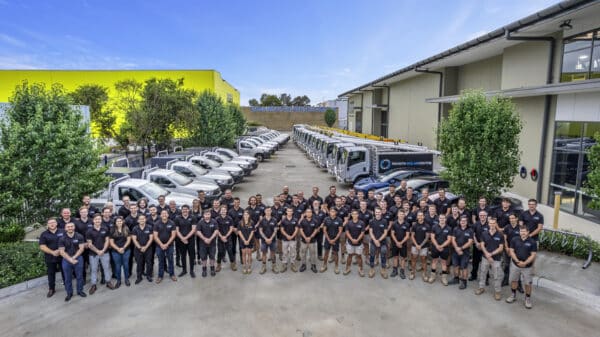
If you’re interested in learning a bit more about the process of choosing components for your solar system, you might want to check out the following article titled, How to Shop for a Solar System.
